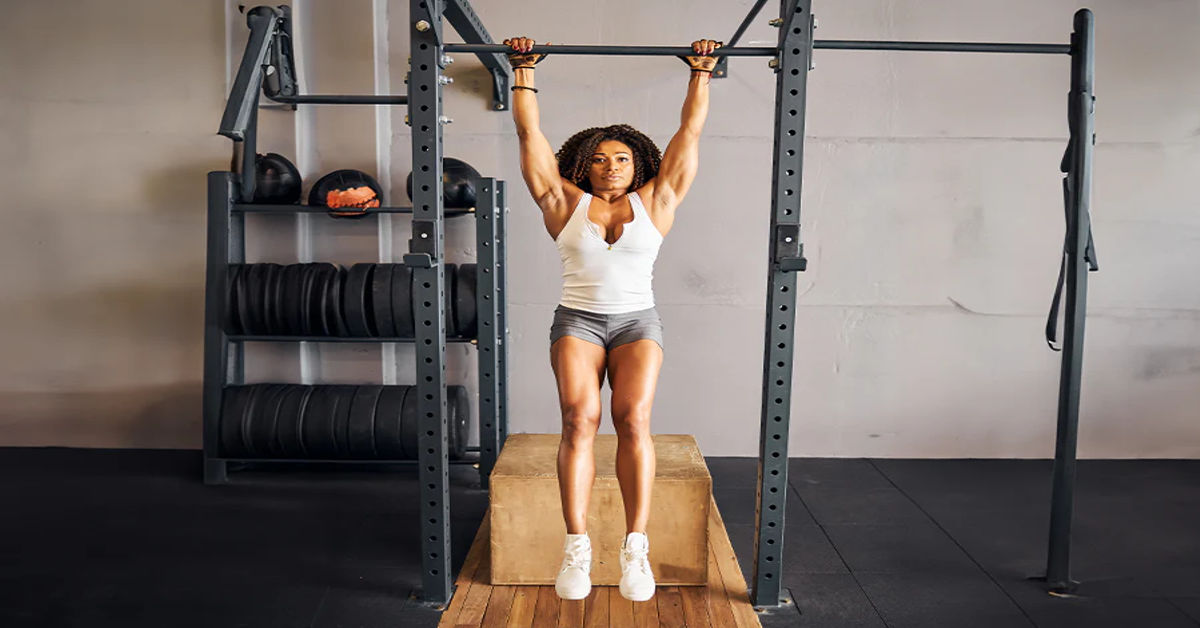Why Grip Strength Matters
Grip strength is fundamental in many everyday tasks—from carrying bags to opening jars and even lifting weights at the gym. Yet, it’s often overlooked in standard workout routines. Building stronger forearms and improving grip endurance can significantly enhance your overall fitness and prevent injuries, especially in the upper body.
One simple and effective method to develop this essential strength is through dead hang exercises. Despite their simplicity, they deliver powerful results when done consistently.
Understanding Dead Hang Exercises
A dead hang is exactly what it sounds like: you hang from a horizontal bar using your arms. No swinging, no extra movement—just holding your body weight suspended. It might appear straightforward, but over time, your grip, shoulder stabilizers, and posture improve.
This exercise doesn’t require fancy gym machines or complicated techniques. Just a sturdy bar and your body are enough to start.
What Makes Dead Hangs Beneficial
Improved Grip and Forearm Strength
Holding your body up in a dead hang targets your forearm muscles directly. Over time, this improves your ability to grip objects, helping with lifting weights, climbing, or daily chores.
Better Shoulder Health and Posture
Spending time in a dead hang stretches and strengthens the shoulder joints, which can correct bad posture habits that develop from sitting for long periods. Many people report feeling less shoulder stiffness and better mobility after including hangs in their routine.
Spinal Decompression
Letting your body hang naturally gives your spine some space, which can reduce tension and improve overall back health. For individuals who sit for long hours, this small stretch can make a huge difference.
Mental Focus
Holding your body up requires more than just physical strength; it requires focus and persistence. This builds mental resilience and body awareness, useful beyond the gym.
How to Perform a Dead Hang the Right Way
What You’ll Need:
- A pull-up bar or any strong horizontal bar that supports your weight.
Step 1: Grip the Bar
Grab the bar with an overhand grip, making sure your thumbs wrap around for extra security.
Step 2: Engage Your Shoulders
Don’t let your shoulders sag toward your ears. Instead, pull them slightly downward and back, which helps stabilize your body and reduces strain.
Step 3: Activate Your Core
Keep your abdominal muscles lightly engaged to prevent your body from swaying.
Step 4: Position Your Legs
Let them hang straight or with a slight bend at the knees.
Step 5: Hold the Position
Aim for an initial hold time of around 10–30 seconds. Gradually increase this as your strength improves.
Step 6: Release Safely
When finished, release the bar gently or step down. Avoid dropping or jerking to prevent injury.
Common Pitfalls and How to Avoid Them
- Relaxed Shoulders: Allowing your shoulders to hang entirely loose can cause poor posture and discomfort. Always keep them slightly engaged.
- Body Swaying: Movement reduces the challenge and may lead to injury. Focus on stability.
- Incorrect Grip Width: Too wide or too narrow of a grip can cause discomfort. A shoulder-width grip is ideal.
- Holding Breath: Breathe steadily throughout the exercise to maintain control and prevent dizziness.
A Simple 4-Week Plan to Get You Started
| Week | Sets | Duration (Seconds) | Rest Between Sets |
|---|---|---|---|
| 1 | 3 | 10 | 60 seconds |
| 2 | 3 | 15 | 60 seconds |
| 3 | 4 | 20 | 45 seconds |
| 4 | 4 | 30 | 30 seconds |
👉 Perform this routine 3 times per week. Progressively increase your hold time by small increments as you grow stronger.
Advanced Options Once You’re Ready
Weighted Dead Hangs
Once basic hangs become easy, adding light ankle weights increases the challenge and accelerates progress.
One-Arm Dead Hangs
This more advanced variation isolates strength on one arm, building exceptional grip endurance.
Active Dead Hang
Engage your shoulder blades actively by pulling them downwards during the hang. This variation improves shoulder stability.
Frequency: How Often Should You Hang?
Begin by performing dead hang exercises three times weekly, allowing 48-hour rest periods between sessions. As your grip strengthens, you can increase the frequency to four or five times per week.
Who Should Approach with Caution
While most people can safely do dead hangs, some should be careful:
- Individuals with shoulder instability or past shoulder injuries
- Those with recent upper-body surgeries
- People experiencing severe joint issues or acute back pain
If you fall into any of these categories, consult a healthcare professional before attempting dead hangs.
Final Thoughts
Dead hang exercises are a no-fuss, highly effective way to build grip strength, improve posture, and decompress your spine. Simple to perform, requiring minimal equipment, they fit well into any fitness regimen.
⏱️ Start with small hold times and increase gradually.
📋 Stick to the beginner plan for consistent progress.
💡 Focus on form rather than duration to avoid injury.
Consistency is key. Over time, you’ll notice improved grip strength, better posture, and even enhanced mental resilience.

